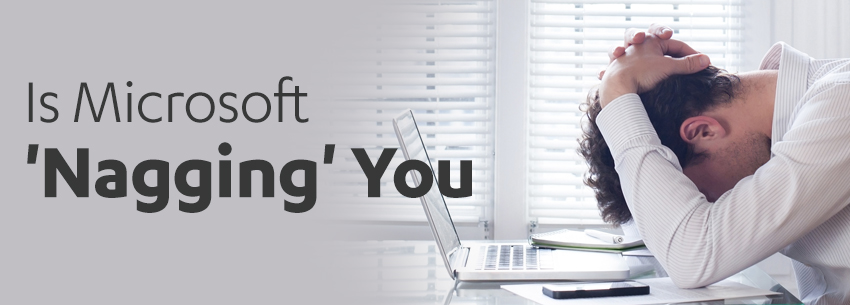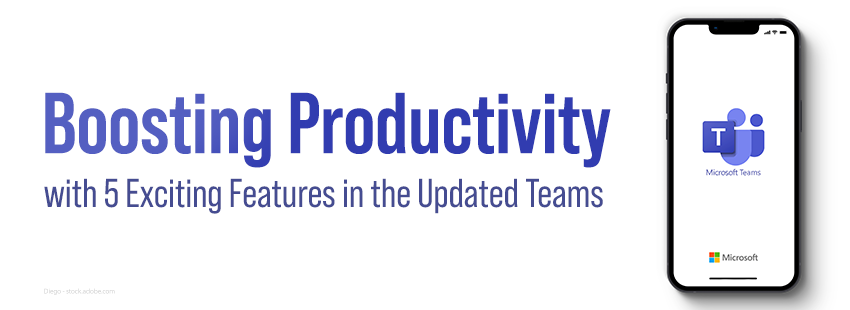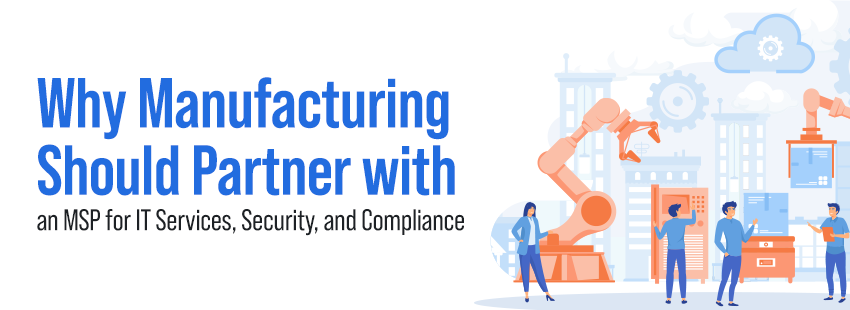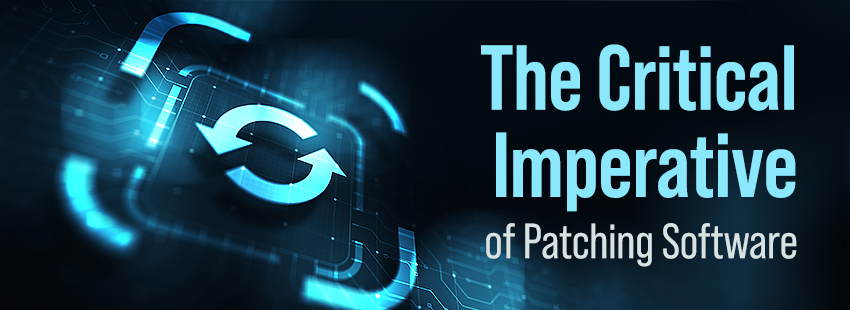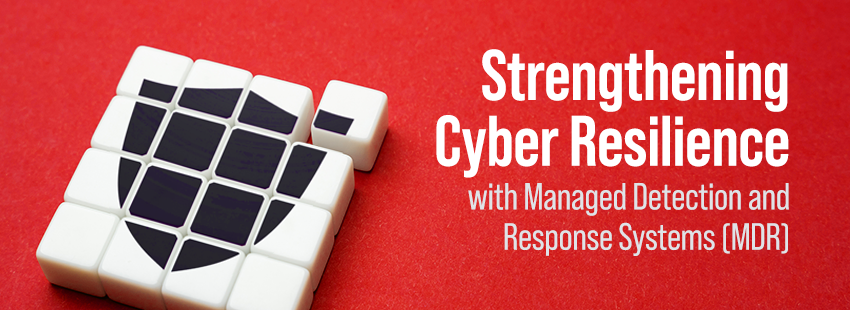Microsoft in April began pushing out notifications about the significance of upgrading to Windows 10, basically reminding users of Windows 7’s end of support (EOS) date — less than a year away. While the tech giant’s intentions are good, many users feel as though they’re being “nagged,” but are they?
The popups should only appear a “handful of times” throughout the year, and if they become intrusive to Windows 7 users, there’s a “do not remind me again” option available. The purpose of these messages is to remind — and perhaps encourage — users to upgrade to Windows 10 before their systems become vulnerable to the increasing number of cyberattacks.
If you’re still one of the many people who aren’t aware of EOS and what it means for Windows 7 users, there are a couple of things you should know.
Why Microsoft is “nagging” you about upgrading to Windows 10
All good things come to an end, even popular software products.
The tech giant is ending support for Windows 7 to “focus [its] investment on supporting newer technologies and great new experiences”. The reasoning, however, doesn’t matter as much as the EOS support date and what EOS means for businesses.
Software giant Microsoft will continue to provide support for Windows 7 until January 14, 2020. After that, if you continue to use Windows 7, you’re on your own. You’ve probably read or been told this by an IT security professional. So, what does EOS mean for your business?
It’s simple: Microsoft will no longer deploy security updates. Updates, developed to protect you from the ever-growing cybersecurity threat landscape, will no longer download to PCs running Windows 7 after the EOS date. Not only that, but the software giant will cease technical support for users running Windows 7 on their PCs.
Even though businesses still haven’t upgraded to Windows 10, if you haven’t, don’t wait any longer.
How soon should I upgrade my systems to Windows 10?
While many businesses are still operating on Windows 7, they shouldn’t be.
If you’re still running Windows 7, you should have an upgrade plan in place. This plan will ensure your business is protected from potential security vulnerabilities and exploits in the future. Without one, you’re putting not only yourself at risk but your entire company — and your customers.
Your plan should have answers for the following questions:
- When are you transitioning to Windows 10 completely?
- How are you making the shift?
- Are you just upgrading your current software or purchasing new hardware to take advantage of the latest hardware capabilities?
The longer you wait, the more likely issues will arise. For example, Intel has been combating a CPU shortage for most of the year. Even though PC shipments grew in Q2 2019, according to business analyst firm Gartner, the number of machines available for Windows 10 upgrades could be limited.
Here’s something else to consider. If you determine you can’t complete the upgrade to Windows 10 yourself, you’re going to have to hire an IT consulting firm to do the work.
That may not seem like a huge problem to you right now. The closer you get to Windows 7’s EOS date, the more likely IT consulting firms in your area are going to be booked with IT infrastructure upgrades.
Whether or not businesses are ready, Windows 7’s EOS date is right around the corner. If they wait too long, their systems and customers are going to be vulnerable to security risks and viruses.
Microsoft’s notifications aren’t nagging you; they’re subtly reminding you to act before it’s too late.

